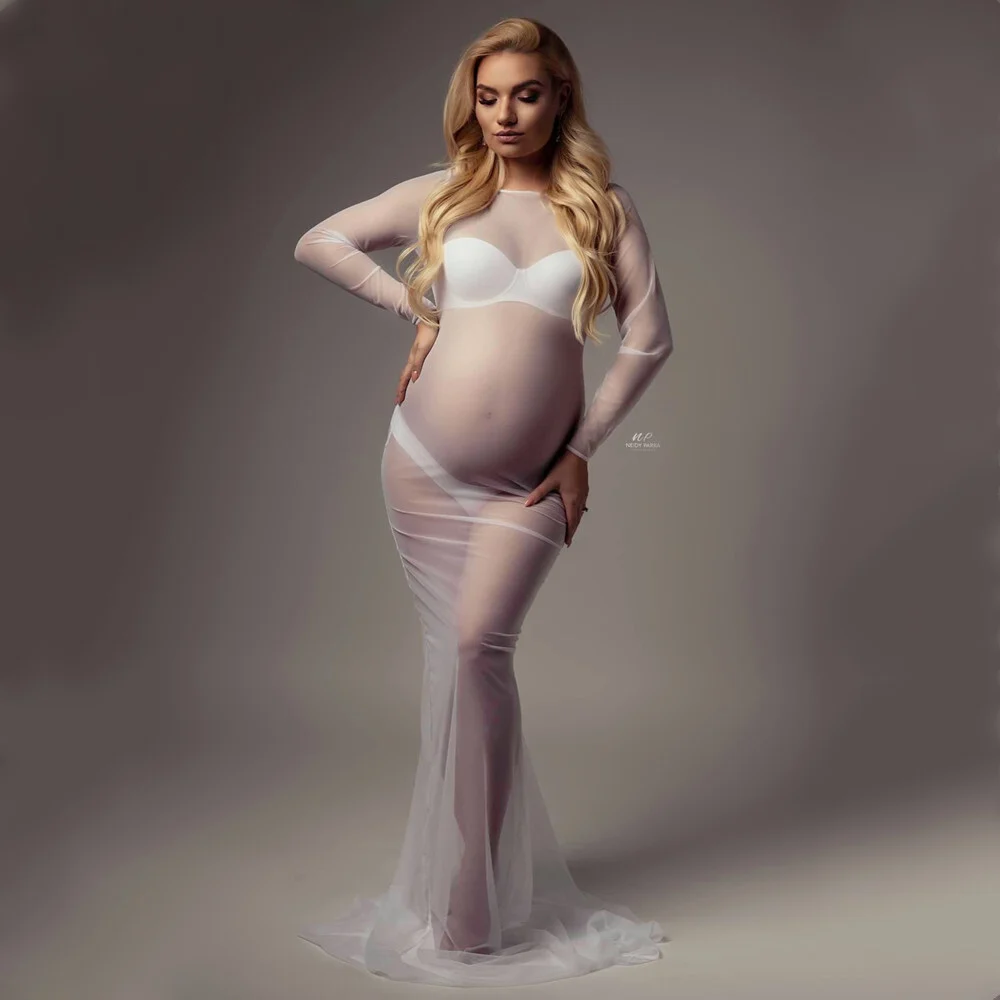As the clock ticks down to the birthday party, we have just 15 minutes to spare. The morning has already been a battle: my 5-year-old, Mia, woke up grumbling about the gloomy weather, the temperature of her toast, and my outrageous request for her to brush her teeth. My only aim is to make it to the birthday party without engaging in any more power struggles.
“Alright, sweetheart, we really need to get going,” I say, trying to keep my tone light. I know that pressuring her is like tossing a match onto a pile of dry leaves.
I hear her little feet pounding up the stairs. Relief washes over me; maybe this will work out after all.
Then I catch sight of her legs first. They’re bright red from the thin tights we picked up on clearance at the local store months ago, originally meant for a costume. Now they’re saggy and out of season, but she’s chosen to wear them anyway.
When she finally appears, I see she has paired those tights with a shirt. A sigh escapes me because it means I’ll have to explain that she really needs to wear a skirt or a dress—those tights are not leggings; they’re practically see-through.
With an eye roll and an exaggerated sigh, she reluctantly agrees to change. I’m hoping she swaps those dreadful tights for some actual leggings or at least selects a dress that covers her knees.
Mia returns, this time donning a pair of black “monkey” shorts—the kind we bought for her to wear under her dresses during the summer. They’re hilariously short, almost like bloomers. Now she looks like a mix between a quirky grandma and a retro basketball player.
I feel stuck.
Growing up, birthday parties were significant events for me. They called for special outfits that made a statement. Having been raised in the South during the mid-’70s, there was immense pressure on how little girls should appear—pretty, delicate, and charming. As a child, I often felt ashamed because my hair didn’t curl perfectly, my cheeks weren’t rosy enough, and I thought my body didn’t fit the ideal mold. Having worked hard in therapy to untangle these messages, I’m determined not to pass them on to Mia.
Yet, as I look at her outfit, I’m torn between the old-fashioned ideals of how girls should dress and the modern sense of individuality she embodies.
Ultimately, I decide to let her wear it. I tell myself I’m saving her years of therapy by allowing her to express herself rather than forcing her into a doll-like appearance. I boost my own confidence further by convincing myself that I’m encouraging her creativity, perhaps even sparing her from a life of unfulfilling desk jobs or the rigors of law school.
Still, why am I clutching my phone, itching to text the birthday girl’s mom and warn her about my daughter’s fashion choice? I fantasize about sending a cheeky message like, “She insisted on that outfit! Please don’t judge me for her choice of, um, unique hosiery!”
But I resist. I realize that if I’m going to support Mia, I can’t undermine her by worrying about what other mothers think. The shame I feel is my own, and it’s ironic that I’m trying to protect her from the very feelings of inadequacy I’ve battled myself.
As we pull up to the party, I remind myself to focus on the moment. I look into her bright eyes, carefully avoiding the spectacle of her outfit, and say, “Enjoy yourself, sweetheart. I love you.”
With a skip in her step, she bounds away in those questionable tights. It dawns on me that she’s stepping into the world with a sense of freedom—unburdened by shame, self-doubt, or the weight of conforming to anyone’s expectations (least of all mine). It’s a freedom I didn’t have at her age, and even as an adult, I only experience it in fleeting moments.
As she disappears through the door, I acknowledge the close call we’ve just navigated. That close call is the baggage I carry about how girls should present themselves and the misguided belief that Mia is an extension of my image, one I can shape by disregarding her preferences.
If I stay silent, she gets to be true to herself. And that seems like a fair exchange.
Summary:
In this reflection on parenting, Jenna Blake shares her experience of allowing her daughter, Mia, to express herself through her clothing choices, despite the internal struggle with societal expectations and personal insecurities. By stepping back and embracing Mia’s individuality, Jenna strives to shield her daughter from the same shame she experienced growing up.

Leave a Reply